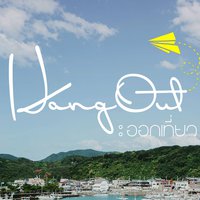
Collection of stories about stepping on Ranong
Regardless of your origin, near or far, we warmly welcome you to the southern region of Thailand. This small town boasts a welcoming community and lush natural beauty unlike any other. Let us introduce you to Ranong, a place that will captivate you with its natural charm, leaving you wanting to stay and never leave.


Provincial motto:
Isthmus of Kra, mountains with abundant grass, sweet mangosteen, mineral water, genuine pearls, the city of Ranong

Ranong is a province in the upper southern region of Thailand, bordering Myanmar and the Andaman Sea. It has a narrow and elongated shape.
Ranong is known as the "Land of Eight Rains and Four Suns," meaning it experiences eight months of rain and only four months of dry season.

















7 Places to Immerse Yourself in the Essence of Ranong
While Ranong is renowned for its stunning islands, beaches, and waterfalls, there's much more to discover beyond these natural wonders. This article delves into seven remarkable locations that offer unique experiences, from historical exploration to spiritual solace.

Residence of the Governor of Ranong
Location: Khao Niwet Subdistrict, Mueang District, Ranong Province
Opening Hours: 8:00 AM - 5:00 PM (Monday-Friday)
Contact: +668 1956 0008 or Ranong Municipality +66 7781 1422, +66 7781 1161
History:
The Residence of the Governor of Ranong, also known as the Ranong Governor's Camp, was built in 1877 on approximately 33 rai of land. It served as the residence of the first governor of Ranong, Phraya Damrong Sucharit Mahisornphakdi (Ko Su Chiang Na Ranong). Ko Su Chiang was a Chinese man who married a Thai woman from Phang Nga and entered government service.
The Residence of the Governor of Ranong is constructed in the style of a camp and consists of:
- Small houses belonging to the Na Ranong family
- Ancestral shrine

The old buildings, including the residence of the governor of Ranong, the guest house, the warehouse, and government offices, have deteriorated over time, leaving only pillars and brick walls.

The old building where the governor of Ranong once resided
From the past - to the present

The remaining red brick and mortar pillars

The entrance to the governor's residence is flanked by a red brick wall, which extends around the entire perimeter of the compound.

The red brick wall within the city lord's mansion.

Inside the residence of the city lord, which showcases historical evidence.

2. Baan Roi Pee Tiansue: A Century-Old House in Ranong
Location: 7 Dab Kadee Road, Khao Niwet Subdistrict, Mueang District, Ranong Province Opening Hours: 9:00 AM - 9:00 PM (Tuesday-Sunday) Contact: +668-1088 2629
Built during the reign of King Rama V, Baan Tiansue (meaning "House of Heavenly Gift" in Chinese) is a living museum showcasing the history of early Chinese settlers in Ranong. Owned by Mr. Suphaphonphongchai Phraphong, the house offers a glimpse into the lives of the first Chinese immigrants who made Ranong their home.
As a significant cultural landmark, Baan Tiansue serves as a valuable learning resource for the community. It preserves the ancestral history of prominent Ranong families, providing insights into the rich tapestry of the region's past.

Small, collected items that offer a glimpse into the past.

A must-visit photo spot that captures stunning 3D images.

A glimpse into the study of that era, with furnishings and equipment that speak volumes of their age, easily exceeding a century.

The bedroom corner, which has a retro feel and clearly shows the way of life in that era, is another corner that should not be missed.

The doorway, with its timeless and classic appeal, evokes a sense of nostalgia.

A small table and chair for taking photos, perfect for a relaxing atmosphere.

While some household items from the past may still exist in homes today, they are becoming increasingly rare.
The original text is empty. Please provide the text you want me to translate.

3. Rattanarangsan Palace
This palace was built to commemorate the visits of three kings to Ranong province: King Chulalongkorn (Rama V), King Vajiravudh (Rama VI), and King Prajadhipok (Rama VII). The palace is a replica of the original wooden structure, built with teak and golden teakwood. Inside, visitors can see the bedrooms of King Chulalongkorn (on the 3rd floor) and the six bedrooms of the Queen (on the 2nd floor). Other notable features include the octagonal building, the throne hall, and the bridge connecting the main building to the octagonal building.
Location: At the foot of Rattanarangsan Hill (near Ranong Provincial Hall), Khao Niwet Subdistrict, Mueang Ranong District, Ranong Province 85000
Opening hours: 8:30-17:30 (Mon-Fri)
Entrance fees: Children 20 baht
Adults 50 baht
Foreigners 100 baht

Exterior view of the Ratnarangsarn Throne Hall

Octagonal pavilion

Tin mining statue

The Ratnarangsarn Throne Hall warmly welcomes everyone to visit the replica building inside. It is another memorable and highly educational place.

The Ratnarangsarn Palace Building

Tranquil nature often coexists with awe-inspiring and revered places.

The sentence is already in English and does not require translation.

4. Wat Suwankhiri
Wat Phutthasuwan Chedi, Pak Chan (or Wat Luang Pho Thanchai, as it is known by the locals of Ranong)
This ancient temple houses a replica of the Shwedagon Pagoda, modeled after the Shwedagon Pagoda in Yangon, Myanmar, a world-renowned Buddhist site. Located in Ban Thap Li, Kra Buri District, the temple offers visitors a glimpse of this iconic structure without having to travel abroad.
Location: Ban Thap Li, Kra Buri District Opening Hours: 8:00 AM onwards (Mon-Sun)

The Phutthasuwannakhiri Chedi is a Burmese-style pagoda (similar to the Shwedagon Pagoda) with a base width of 29 meters and a height of 108 feet.

The cornerstone laying ceremony was held on Tuesday, May 17, 2011 (15th waxing moon of the 6th month) in the year of the Rabbit at 9:00 AM. Later, on Saturday, May 5, 2012 (15th waxing moon of the 6th month) in the year of the Dragon, 2,999 jade Buddha statues were enshrined, and the gold-plated stupa was topped with 19 baht of gold. The construction cost up to that point was 12,599,999 baht (twelve million five hundred and ninety-nine thousand nine hundred and ninety-nine baht). The Phra Buddha Suwannakiri Chedi was built as a tribute to the Buddha, the Dharma, and the Sangha.

A replica of the Shwedagon Pagoda and the Goddess of Mercy Guan Yin are located on the way up to the Phutta Suwannakiri Chedi.

There are viewpoints that guarantee that if you reach this place, the view from here may be a good cure for motion sickness. There are also photo spots where you can capture your impressions to the fullest.
As you make your way back to the city, we highly recommend trying a local snack that is a must-have. If you miss it, you'll regret it! It's the famous *Thap Li steamed bun*, another delicacy you can't miss. Give it a try, everyone!

Feel free to buy some as gifts for your relatives.

Their food is truly delicious. Once you try it, you'll be hooked. It's so good, you'll want to tell everyone about it.

Raksawarin Hot Spring: A Natural Oasis of Healing Waters
Raksawarin Hot Spring is a naturally occurring geothermal wonder, boasting three distinct pools: the Father Pool, the Mother Pool, and the Child Pool. Each pool maintains a consistent temperature of approximately 65 degrees Celsius.
Analysis by the Department of Science Service has revealed a unique composition of minerals within the spring, setting it apart as the only source in Thailand devoid of sulfur impurities. This absence of sulfur grants the water a remarkable purity, rendering it safe for direct consumption from its source.

Father's pond

Mae Basin

Daughter's pond

Two bridges cross the riverbank, connecting the two sides and offering stunning views. The flowing river below creates a picturesque natural scene.

People with muscle fatigue can soak in hot water to relax their blood vessels, or people who are overweight can soak to break down fat.


6. Wat Ngao
Wat Ngao is a renowned temple in Ranong Province, known for three distinct features:
Fish Sanctuary: The temple boasts a remarkable fish sanctuary, home to a diverse array of large fish species rarely seen elsewhere. These include giant catfish, freshwater stingrays, and giant Mekong catfish.
Ornate New Ubosot: The temple's newly constructed Ubosot (ordination hall) features intricate and beautiful decorations.
World's Largest Tin Buddha: Wat Ngao houses the world's largest tin Buddha statue.
The temple is situated near Khao Ya Mountain and directly opposite Ngao Waterfall.
Location: 63/2 Moo 1, Ngao Subdistrict, Mueang Ranong District, Ranong Province 85000
Opening Hours: Dawn to dusk (open daily)

History of Wat Hongaw



The Fish Sanctuary at Wat Hongaw
The Fish Sanctuary at Wat Hongaw is a popular spot for visitors to feed and release fish. Fish food can be purchased for 10 baht (small cup) or 20 baht (large cup). A variety of fish are available for purchase and release, with prices varying depending on the species.

Kilometer 0 at Wat Ban Hong Ngao

Visitors can climb the stairs to ring the bell and enjoy the panoramic view from the top. The view encompasses trees, mountains, houses, and a waterfall cascading down the mountain. The climb consists of a manageable 343 steps.

A 100% pure tin statue of Luang Pho Dee Buk, cast from tin ore.

The area surrounding the church features murals depicting the entire tin mining process.
⛰7. Bald Mountain
Bald Mountain, also known as "Khao Hua Lan" by locals, is a treeless hill offering panoramic views. The connected hills allow for easy hiking, and the scenery changes with the seasons. During the rainy season, the mountain is lush and green, while in the dry season, it turns brown. Before the rainy season, the grass is burned, and new growth emerges with the first rains, creating a stunning green landscape. It's a popular spot for photography.
Location: Hong Aw Subdistrict, on Phetkasem Road, opposite Hong Aw Waterfall, about 11-12 kilometers from Ranong city.
Opening hours: Open daily, all hours (for the best light, we recommend visiting between 5:30 pm and 6:00 pm).

He is bald and has two hair colors (brown/green).

During festivals, whether it's New Year's or a weekend, Ranong people like to bring food for picnics here. When you visit Khao Hua Lan during the rainy season, another beautiful sight you will encounter is the "Ngao Waterfall" if you look out towards the road on the top of the mountain. You will see the stream flowing down from the mountain.

Brown grass mountains are present during the months of November to April.

Green grass mountains are available from May to October.

From the mountain's peak, one can take in the panoramic vista of the verdant slopes and the refreshing waterfalls cascading down the mountainside.

For a family to be truly happy, physical comfort is not enough. They must also be comfortable in their surroundings and at ease mentally. Only then can a family be considered complete and happy.
















Transportation in Ranong
The final essential element for exploring Ranong is transportation. For those without personal vehicles, the iconic "songthaew" (shared taxi) remains a popular mode of transport. These open-air pickup trucks with benches offer a unique experience and are readily available.
Fares:
- Adults: 15 Baht
- Students: 8 Baht
Note: These prices are for travel within Mueang Ranong district only.


We are grateful for your visit to our review of tourist attractions in Ranong with us, the co-trippers under the name "Together, We Step Forward @ Ranong".

On behalf of the students of Prince of Songkla University, Surat Thani Campus, Faculty of Humanities and Management Sciences, Department of Management, Tourism and Recreation, Class of 2017.

Thank you for visiting.

รวมเรื่องก้าว
Wednesday, February 26, 2025 4:06 PM

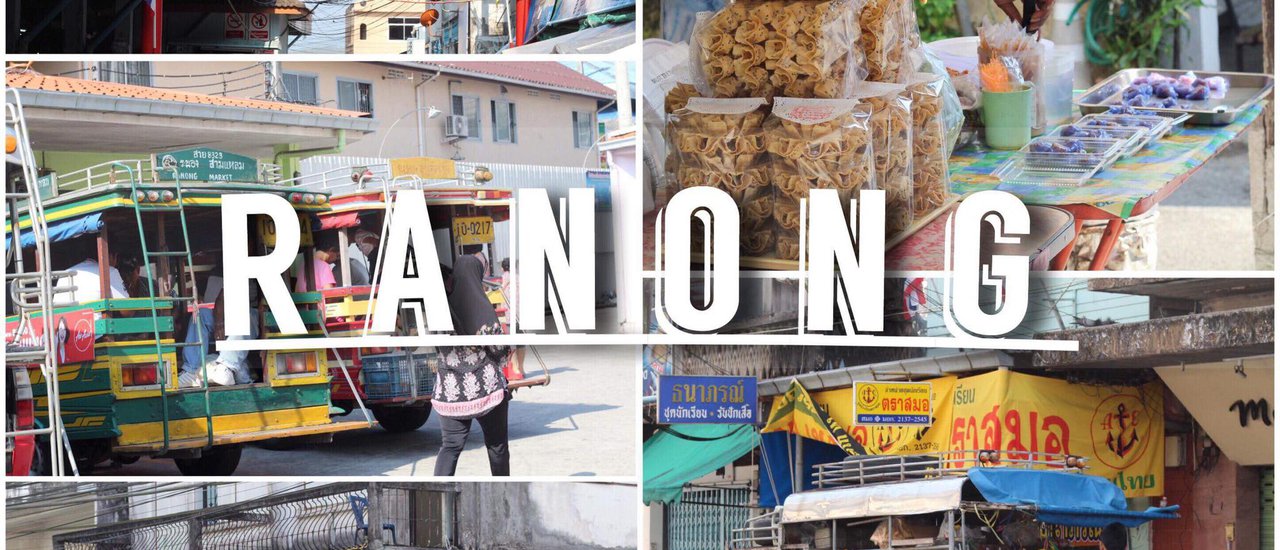


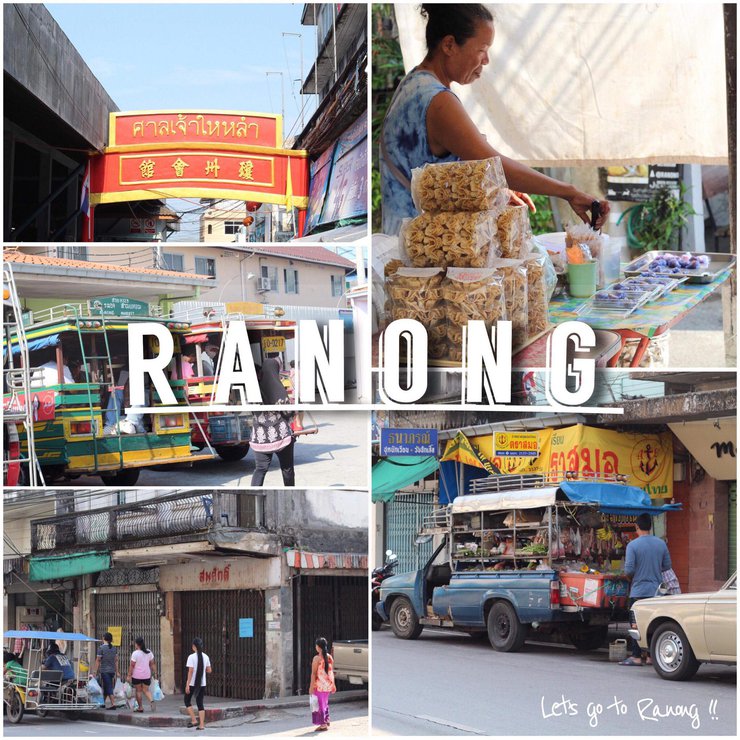
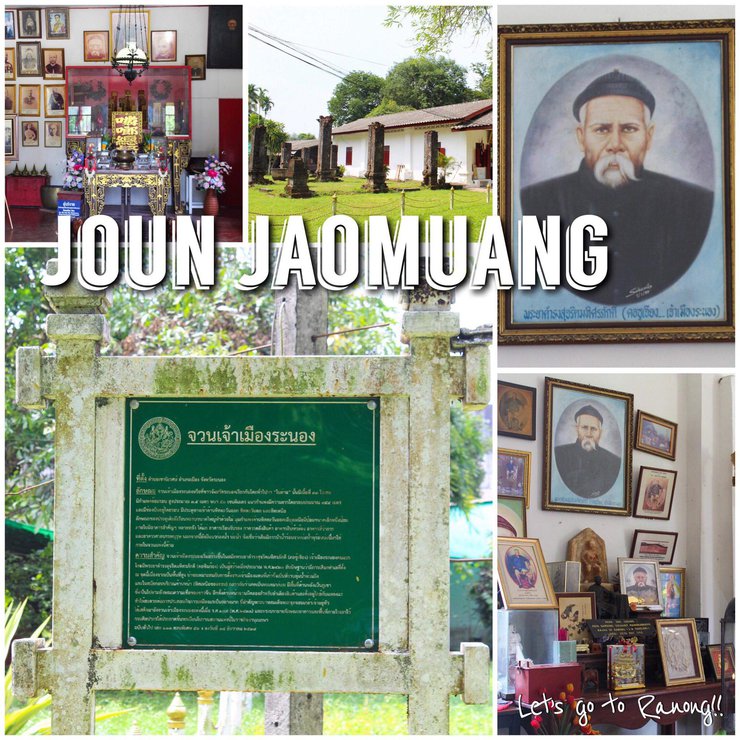
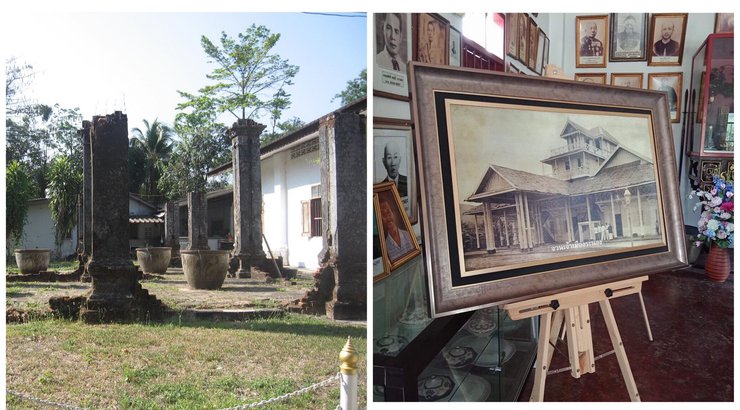
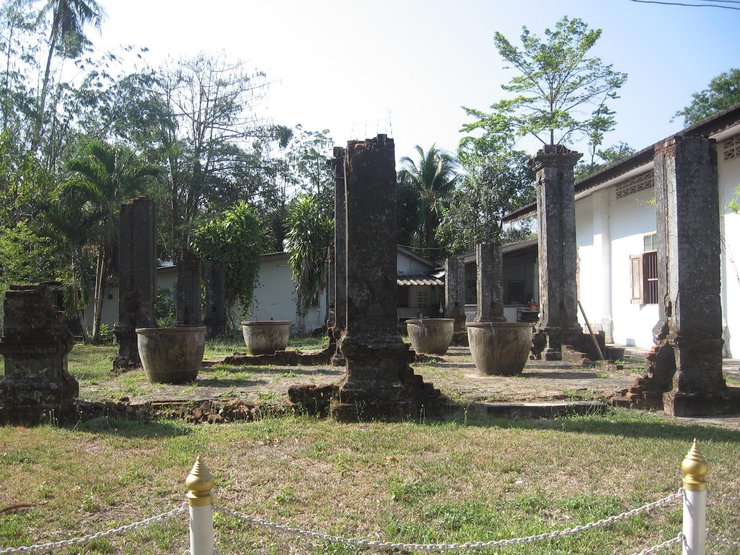
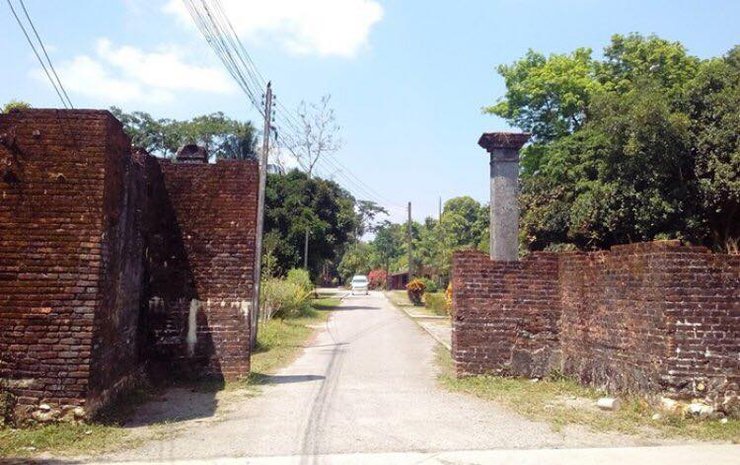
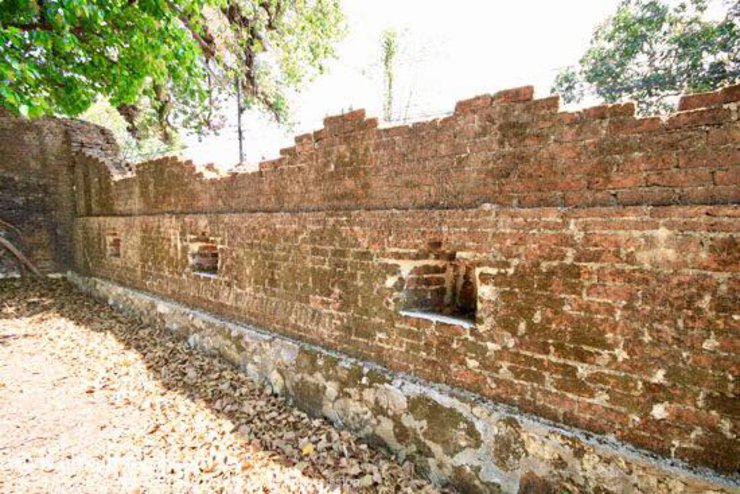
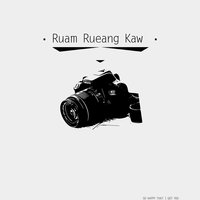

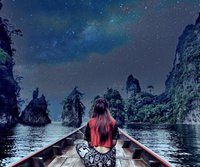
![Cover 3 Days 2 Nights [ Budget 2,000 ] on Koh Phayam, Ranong Province....A...](https://asset.readme.me/files/57895/thumb.cover.jpg?v=11cb3ee5)

